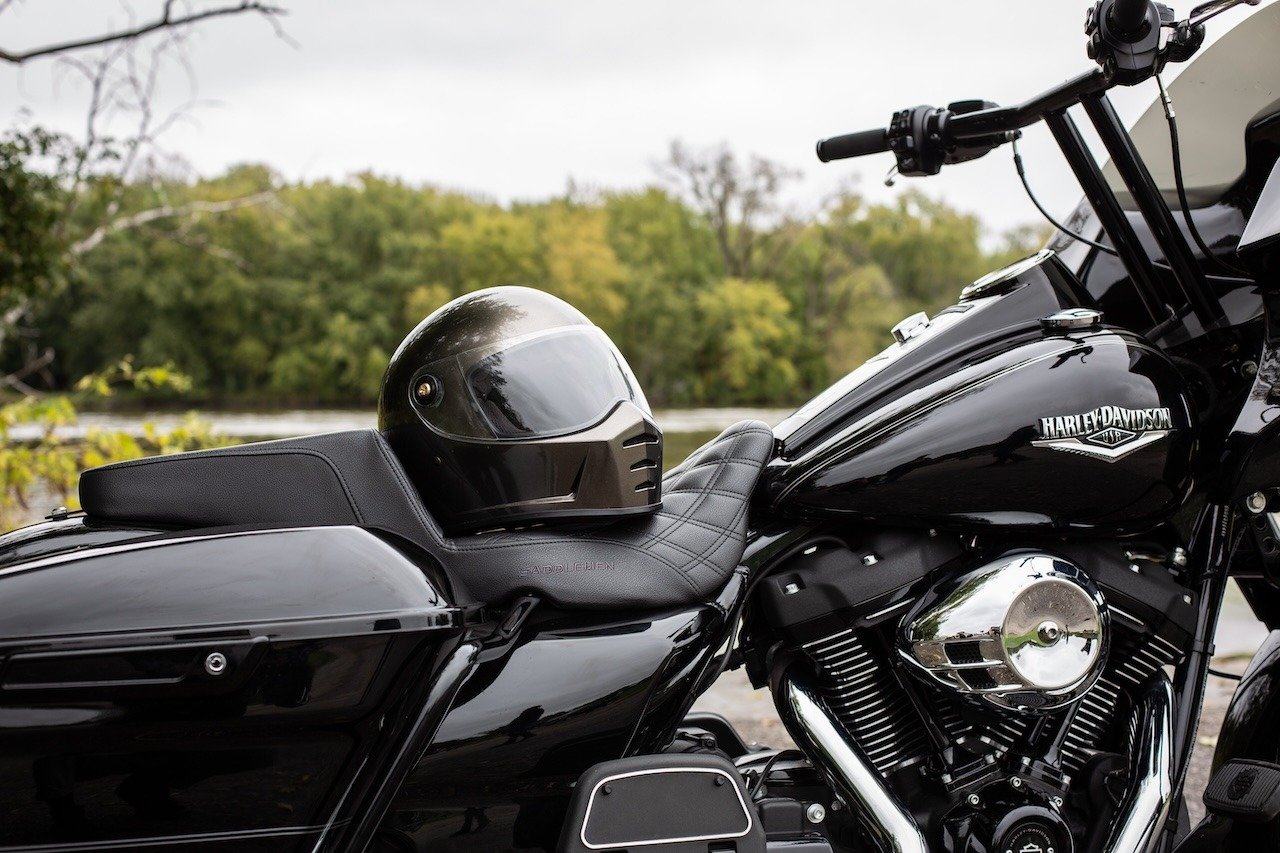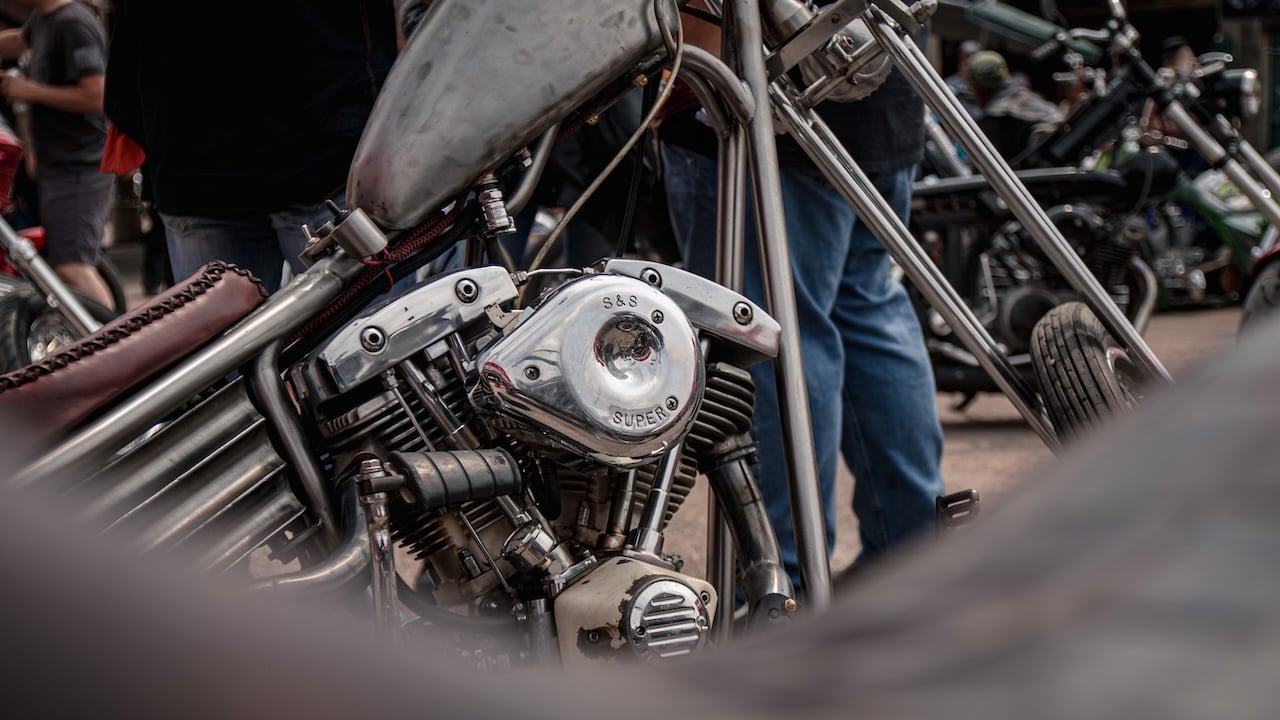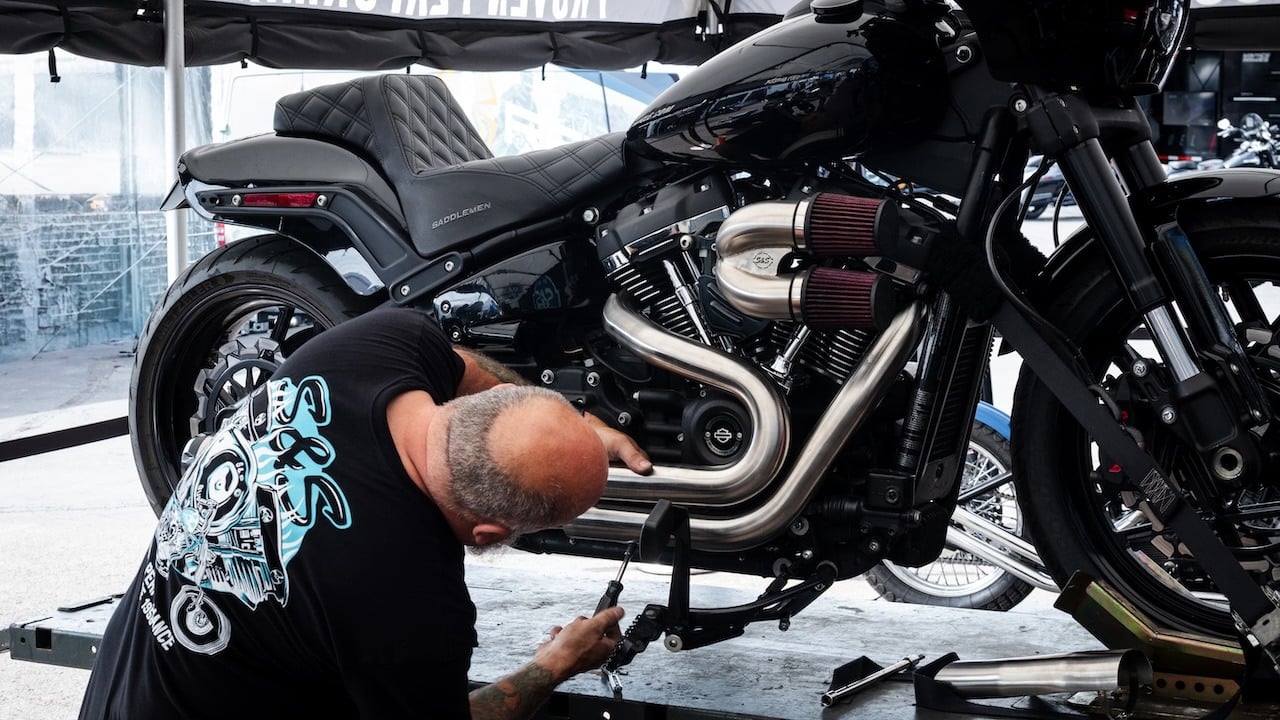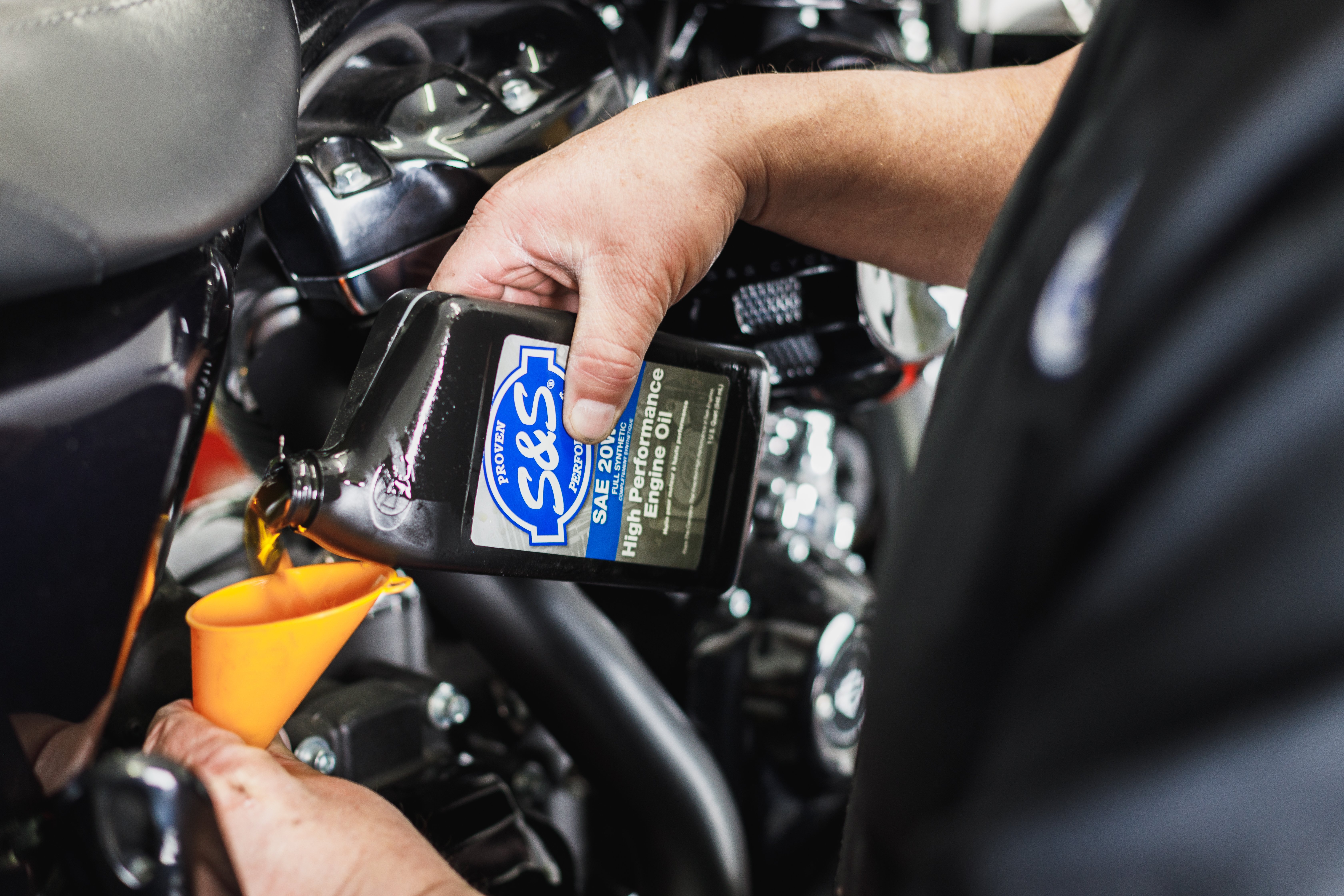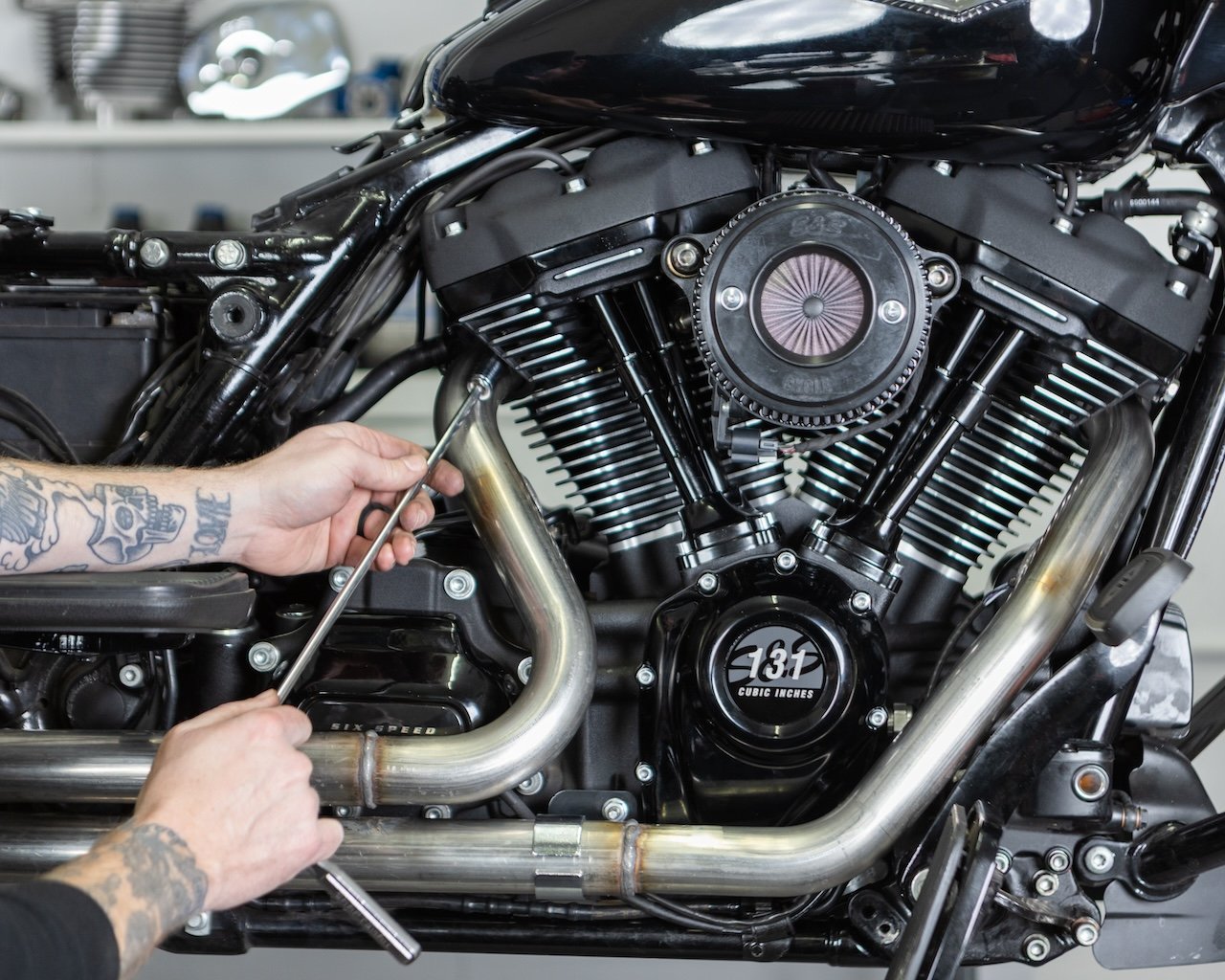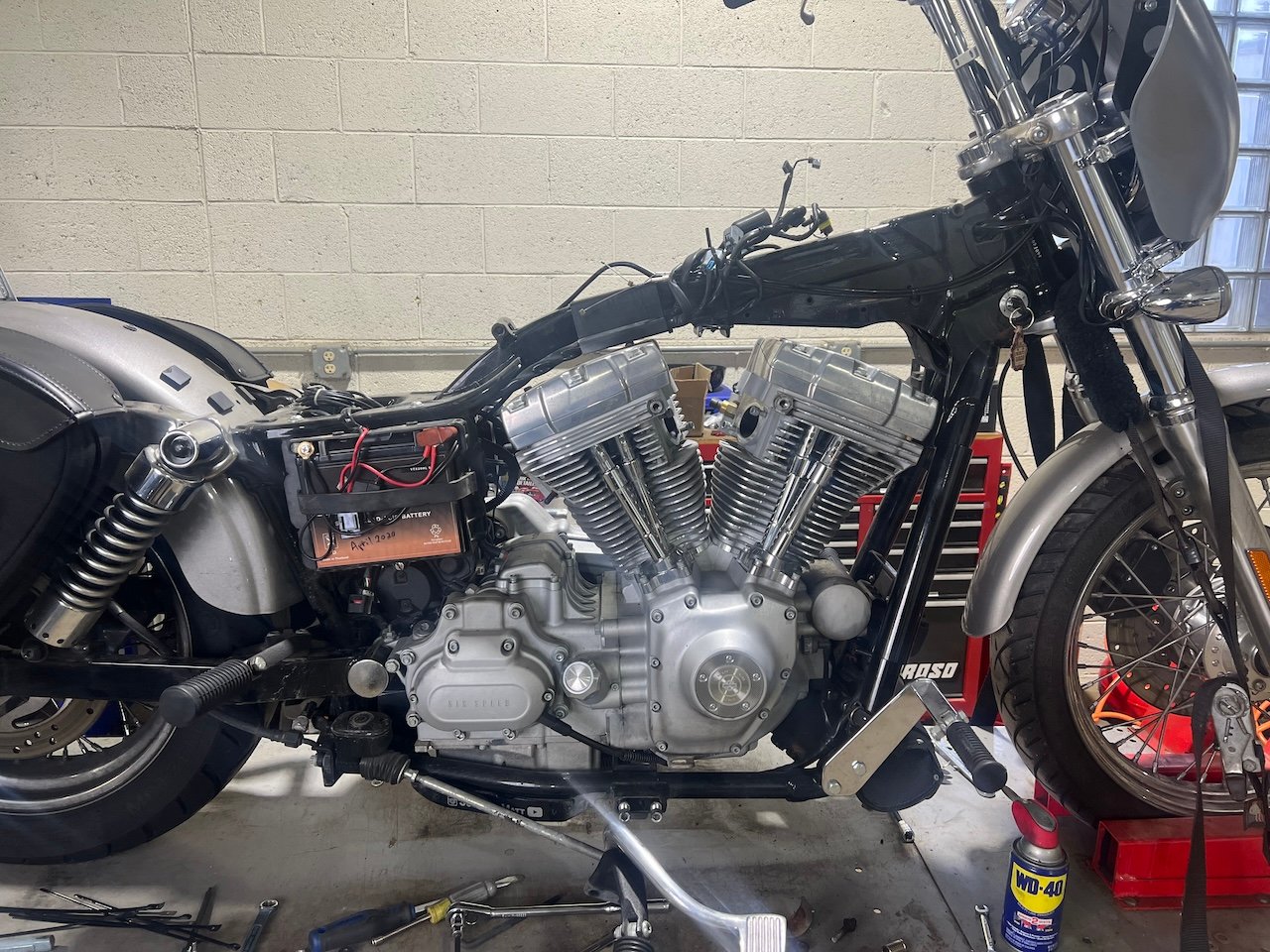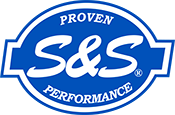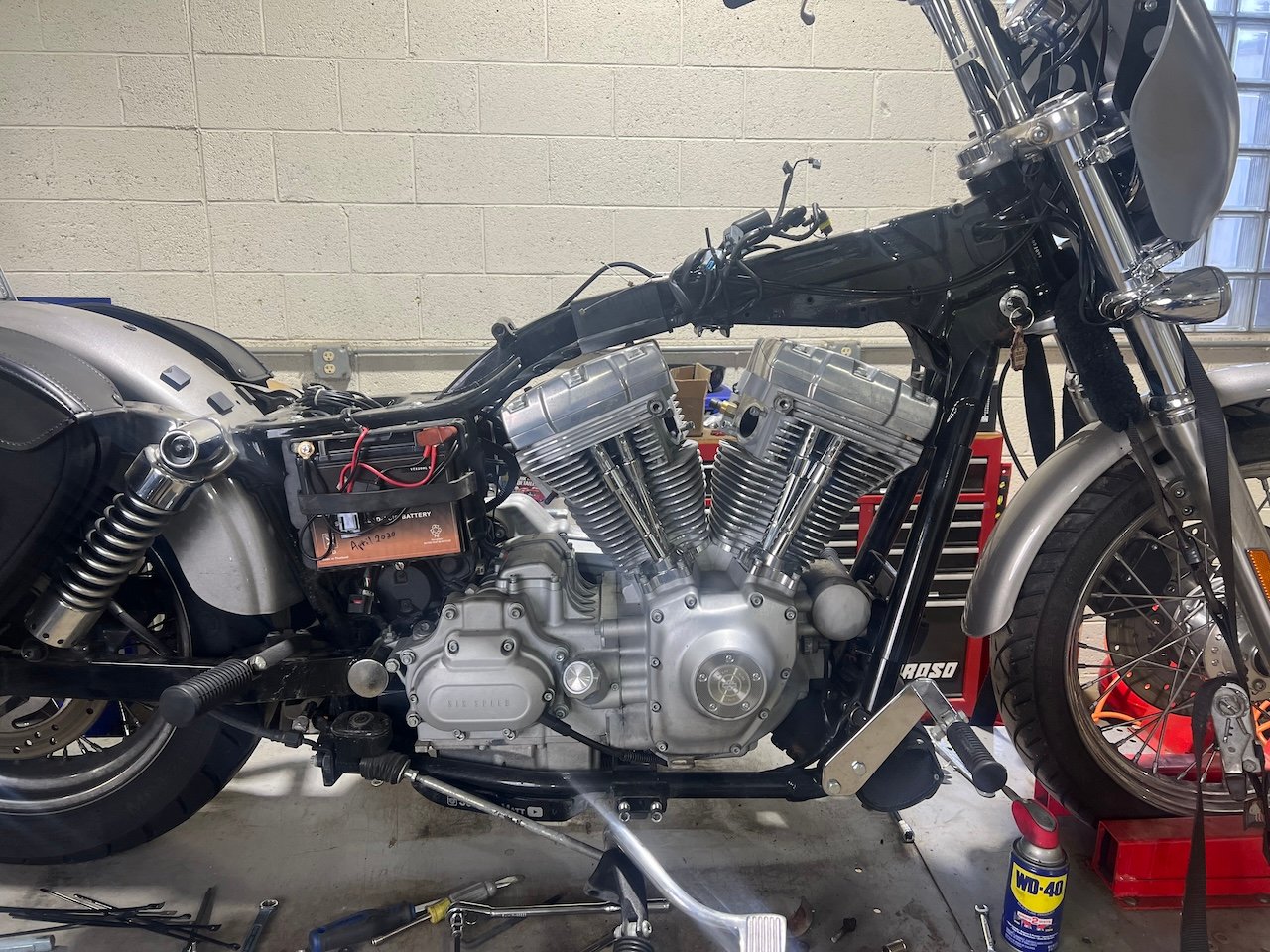
Harley-Davidsons are iconic motorcycles, but not all models are created equal. Understanding the potential pitfalls of certain model years can help you make an informed purchase or upgrade decision.
While some model years saw significant improvements in Harley design, others represented low points in the manufacturer’s long history. One of the most contentious developments in Harley-Davidson manufacturing was the introduction of the Twin Cam engine. In this guide, we’ll take a look at the issues and controversy surrounding the Twin Cam engine and highlight which motorcycles from this era you should consider avoiding or, at the very least, be prepared to make some upgrades to.
The Journey of the Harley Twin Cam Engine
The Harley-Davidson Twin Cam engine was introduced as an upgrade to the previous Evolution (Evo) engine and was produced and installed in Harleys from 1999 to 2017. This change came as a surprise to a lot of Harley lovers who were incredibly satisfied with the Evo engine. The Evo engine was reliable and powerful and is still beloved by Harley fans today.
The Twin Cam engine was notable for its design featuring two camshafts, hence the name. In general, the engine was powerful and reliable. However, there are two main versions of the Twin Cam engine: the Twin Cam 88 and the Twin Cam 96, which refers to their displacement in cubic inches (88 cu in and 96 cu in, respectively). The Twin Cam 88 also experienced two major versions: the TC88A and TC88B. Later versions also included the Twin Cam 103 and Twin Cam 110, with displacements of 103 cu in and 110 cu in.
Twin Cam 88 Problems
It’s widely known that Harley Twin Cam 88’s problematic years were 1999-2002/2006 These early Twin Cam 88 models experienced a lot of issues, causing Harley to design the slightly better TC88B and then the TC96 in later years.
Some of the most common Twin Cam 88 issues included:
Cam Chain Tensioners
One of the most common problems with the Twin Cam 88 engine was related to the cam chain tensioners. The original plastic tensioners used in earlier models were prone to wear prematurely, which allowed plastic shavings to enter the oil pump, potentially leading to catastrophic engine failure. The worst part was that there was no warning as to when this issue would happen. Thus, many riders didn’t even know there was an issue until it was too late.
Oil Leaks
It’s always been a joke that when there is no oil under a Harley, there isn’t any oil in it. This was taken to the extreme with some Twin Cam 88 engines, as they were prone to oil leaks, particularly around the base gaskets and rocker box gaskets. These leaks often led to oil seepage onto the engine or other components, causing issues with lubrication and cleanliness.
Crankshaft Runout
In some cases, Twin Cam 88 engines exhibited excessive crankshaft runout, which led to vibration, noise, and premature wear on engine components. Though rare, this problem becomes more prevalent in upgraded stage 2 and stage 3 Twin Cam engines. This is why, even to this day, we recommend you measure runout before upgrading a cam to ensure your bottom end is within operational spec.
Transmission Issues
Some owners reported transmission issues with Twin Cam 88-equipped motorcycles, including gear shifting problems, clunking noises, and difficulty finding neutral. This may cause issues while riding, like finding a so-called “false neutral” it can also cause premature or excessive wear on the transmission, requiring a rebuild or replacement.
Stator Failure
Electrical issues, particularly stator failure, were reported by some owners. Stator failure caused charging system problems, leading to battery drain and starting difficulties.
Engine Heat
Some riders complained about excessive heat produced by the Twin Cam 88 engine, especially in traffic or during extended periods of idling. Later models partly addressed this issue with improvements in cooling system design, and aftermarket rushed to the rescue with add-on oil coolers aimed at riders in extremely warm climates or riding for extended periods of time.
Which Harley-Davidson Years You Should Avoid
Whether you’re looking for an older Harley or you’ve already bought one you intend to fix up, it’s helpful to know which years are the most problematic. Here’s a breakdown of some common Harley models and which years you should avoid for each–or at least do some research on them before buying.
Early Evolution Engine Models (1980s)
A lot of Harleys, particularly the Sportster line, underwent a significant transition in 1986 when they were equipped with the Evolution engine (referred to as the Evo). Some early Evo Harleys, particularly those from the late 1980s, experienced teething problems associated with the new engine design. However, Harley-Davidson made continuous improvements to the Evo engine over the years. Now, many Harley enthusiasts swear by later Evo models, which are widely considered some of the most reliable motors to have ever left the factory.
Early Twin Cam 88 Models (1999–2006)
If you're considering a used Harley, you may want to be cautious of model years between 1999–2006 as these models featured the problematic Twin Cam 88A engine. While there is nothing inherently wrong with these engines, and they can be extremely strong, you will want to find out as much about the maintenance schedule and upgrades that have been made to the bike as possible.
Model Year 2007: Electronic Throttle Control (ETC) issues
Many Harleys from 2007 have experienced issues related to the introduction of the Electronic Throttle Control (ETC) system. These issues included throttle lag, stalling, and other electronic glitches. Not all bikes were affected, but it's worth researching any potential problems associated with the ETC system in 2007 models.
Initial Rushmore Models (2014): Infotainment and Electronic issues
In 2014, Harley-Davidson introduced the Project Rushmore updates to many of its touring models, including the Street Glide, Road Glide, and Road King. While these updates aimed to enhance performance, comfort, and technology, there were some reports of issues with the infotainment system and other electronic features in the initial Rushmore models from 2014.
Which Harley Years You Should Consider
Looking for an older Harley with a better reputation? Check out Harleys from these years.
Pre-Twin Cam Models (1990s)
As mentioned, many Harley lovers swear by the Evo engines that preceded the Twin Cam 88. Though the early Evo years saw some issues, the late 1980s and 90s were some of this engine’s best years. A Harley from this era can be a great starting bike that’s super reliable with plenty of power.
Twin Cam 96 and 103 Models (2007-2016)
Many Harleys from 2007-2012 were manufactured with the Twin Cam 96, which was a decent improvement over the Twin Cam 88. From around 2012 until the Milwaukee Eight became standard in 2017, later models featured the Twin Cam 103, which was a large improvement over the previous versions.
What to Do If Your Harley Has a Twin Cam 88 Engine
Just because your Harley has a Twin Cam 88 engine doesn’t mean the bike is totally hopeless. These bikes represent years of incredible motorcycle manufacturing, showcasing quality, reliability, and power in every model. There are no bad Harleys, just great bikes with great potential.
Sometimes, all you need to get the most out of your Harley is an upgrade. The scope of the upgrade is entirely up to you. You can opt to replace the engine entirely, or you can choose a more affordable option, like upgrading the camshafts or making some changes to the exhaust system.
If you do opt to replace your Harley’s engine, S&S Cycle can help! For 1999-2006 Harleys, consider upgrading the stock engine with our T124 Black Edition Longblock Engine or the slightly smaller T111 Black Edition Longblock Engine. For later models, you can upgrade the stock engine with the T124 Black Edition Longblock Engine for Select ‘07-'16 HD® Models or the T111 Black Edition Longblock Engine.
Build to Perfection
In general, there are no bad Harley model years–just some with less-than-perfect parts! But don’t worry. S&S Cycle is here for all your upgrade needs, from exhaust systems to full engine upgrades. No matter which Harley you have, we’ve got the part to help you get the most out of your bike.
Shop all engines from S&S Cycle today →
You might also like:
Slip-On Exhaust vs. Full System Exhaust: Which is Right for You?


